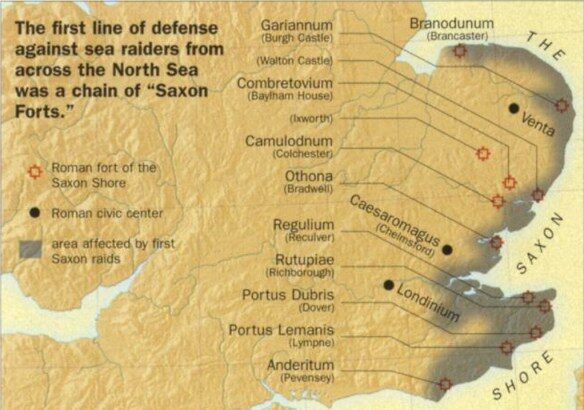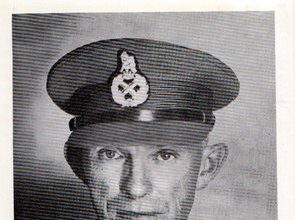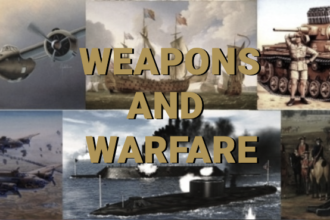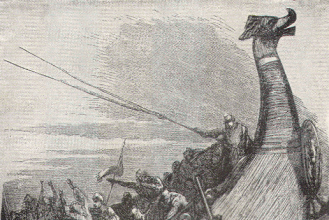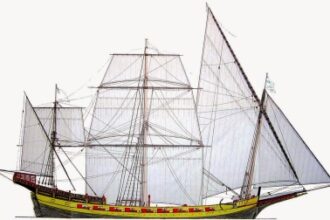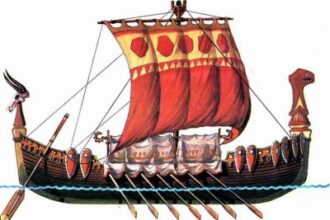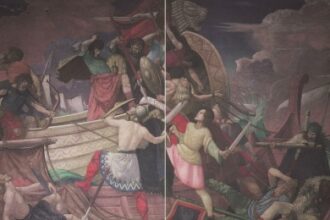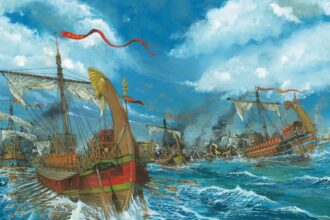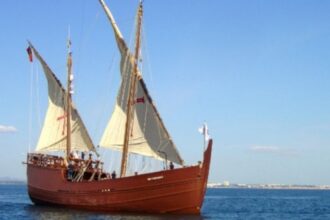Newsletter
Get the latest from Weapons and Warfare right to your inbox.
Follow Us
Explore
Military and Naval
Roman Forts And Fortresses in Britain
The Saxon Shore (Latin: litus Saxonicum) was a military command of the late Roman Empire, consisting of a series of fortifications on both sides of the English Channel. It was established in the late 3rd century and was led by the “Count of the Saxon Shore”. In the late 4th century, his functions were limited to Britain, while the fortifications…
Most Recent
THE WHITE SHIP
Appearance of the Cog (which is probably what the White Ship was an early example of) in the beginning of the XII Century was an important milestone in shipbuilding. Crusaders used them for their marches to the Holy Land, merchants of the Hanza union transported goods from Palestine and…
16TH TO 18TH CENTURY CHEBEC
The name “Chebec” comes for the Arabian and means “runner”. All the other spellings mean the same; they are phonetically transcriptions in various languages (for example the “x” was the old Spanish equivalent of the modern “jota”). Chebecs originated in North Africa, in the late 16th or 17th century they…
KEVIAN RUS 10TH CENTURY WARSHIP “LODYA” (BOAT)
The Lodya bore the large, richly ornamented canvas sail. Rowers were concealed from the sun under the shed. For long voyages the Kievan Rus built a light, open vessel called a lodya. The Byzantines called it in Greek monoxile because it was made from a single tree, usually the hollowed-out…
The Saxon Navy
The first recorded battle in British waters took place in 719 as part of a civil war between the ruling Scottish families of the time, the Dalriata. This would have been just one of many taking place around the island, with fighting generally consisting of boarding the opposition’s boats and…
ACTIUM
The custom of leaving a commemorative monument or trophy at the site of a victory was a Greek one which spread to Rome. Two striking examples erected by Augustus are illustrated. The first is a 200 foot-long (61 m) podium wall into which were inserted the prows (rostra) of thirty-four…
CARAVELLE (Caravel)
Caravela Latina / Latin Caravel: Caravel Boa Esperana of Portugal. Caravela Redonda / Square-rigged Caravel: Caravel Esprito Santo of Brazil Portuguese caravel, adorned with the Cross of the Order of Christ. This was the standard model used by the Portuguese in their voyages of exploration. It could accommodate about 20…
Most Popular
The History of the Galley
The history of medieval naval warfare is the history of the galley. Since ancient times,…
The Great Northern War (1700-21)
Poland-Lithuanian Commonwealth The Great Northern War (1700-21), which marked Russia’s decisive bid for power against…
Anglo-Saxon Military Organisation Part I
Recruitment and Obligation The words used by Anglo-Saxons themselves for ‘army’ vary between the word…
The Vandals as a Naval Power
Later Roman Liburnian type galley Geiseric (428–477) was certainly the most important of the Vandal…
